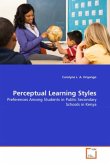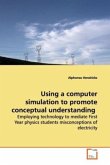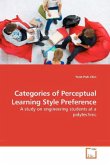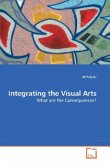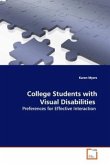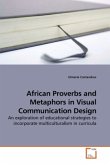Methodology
Pretest and Posttest utilizing TASS
Identify children with below age appropriate art
skills
20-week Promotion Program
Analysis of data through descriptive and inferential
techniques
Visual Perceptual Therapeutic Art Activities
20-week Visual Perceptual Promotion Program
Utilizes reversed field-ground experience art
materials
Both 2D and 3D art activities
Statistical Techniques
Boxplot graphs may be utilized to present Pretest
and Posttest frequencies.
Estimation of Effect Size tests may be utilized to
assess the magnitude of the differences between the
Pretest and Posttest means.
T-Tests for correlated means may be utilized to
compare the Pretest and Posttest mean scores for
significance at a .01 level.
Quantitative Summary
10% of the study participants demonstrated increased
art skills in drawing, 14% improved painting skills,
15% increased scissors skills, and 15% improved clay
skills.
According to t-tests, results were statistically
significant for all skill areas. Drawing also
demonstrated medium effect size.
The majority of the study participants tested at an
age appropriate level during the pretest process.
Pretest and Posttest utilizing TASS
Identify children with below age appropriate art
skills
20-week Promotion Program
Analysis of data through descriptive and inferential
techniques
Visual Perceptual Therapeutic Art Activities
20-week Visual Perceptual Promotion Program
Utilizes reversed field-ground experience art
materials
Both 2D and 3D art activities
Statistical Techniques
Boxplot graphs may be utilized to present Pretest
and Posttest frequencies.
Estimation of Effect Size tests may be utilized to
assess the magnitude of the differences between the
Pretest and Posttest means.
T-Tests for correlated means may be utilized to
compare the Pretest and Posttest mean scores for
significance at a .01 level.
Quantitative Summary
10% of the study participants demonstrated increased
art skills in drawing, 14% improved painting skills,
15% increased scissors skills, and 15% improved clay
skills.
According to t-tests, results were statistically
significant for all skill areas. Drawing also
demonstrated medium effect size.
The majority of the study participants tested at an
age appropriate level during the pretest process.


